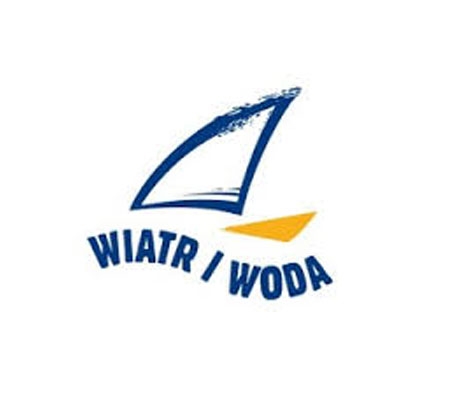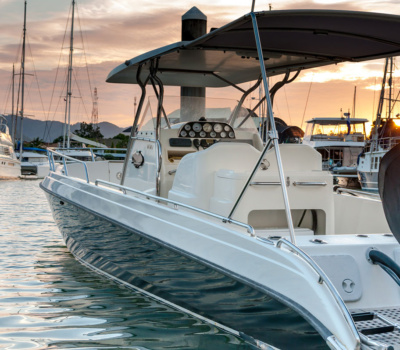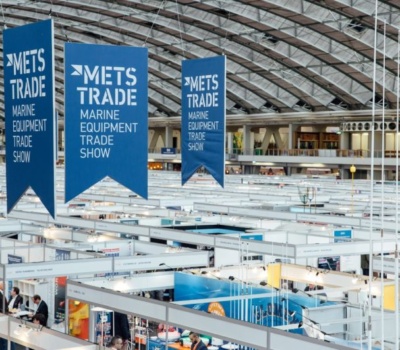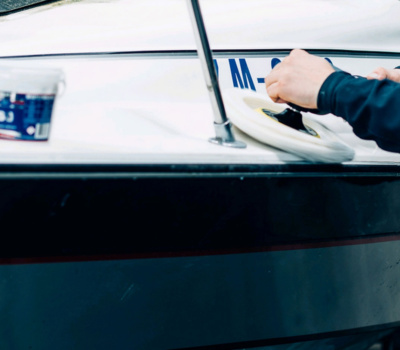Sea-Line in WarsawFairWind and Water!
We would like to invite you 11-14March tomeet us at our boothnumber44C.
As always,we offer adviceand assistanceon technical issues, advise how to paint theboat, how to protectthe hullagainst osmosisorfouling.
See you in Warsaw!


We are expanding our offer by introducing two new products that will provide boat enthusiasts

Come and join us at METSTRADE 2023, METSTRADE the best event for marine industry professionals,

Visit us and our production plant without traveling

New in the 2023 season is a new polishing wool The new black and white
We recommend to always sand the surface between applying two different products to ensure uniform surface roughness and adhesion of subsequent layers. The sanded surface should also be cleaned and degreased.